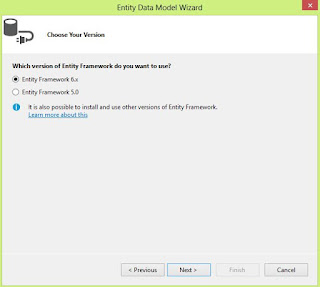Task Management System With Entity Framework And ASP.NET MVC

Hello, Here's a simple Task Management System with Entity Framework 6 taken from Udemy's Asp.Net MVC With Entity Framework From Scratch video tutorial. The output of the project should be in ASP.NET Webform but I chose to upload a sample in ASP.NET MVC which is intended for ASP.NET MVC developers. The entire source code can be downloaded here: Task Management System MVC . The project includes the stored procedure necessary to display the data through the grid. As for the database table, it is included in the tutorial series through a PDF file. Output Cheers!



